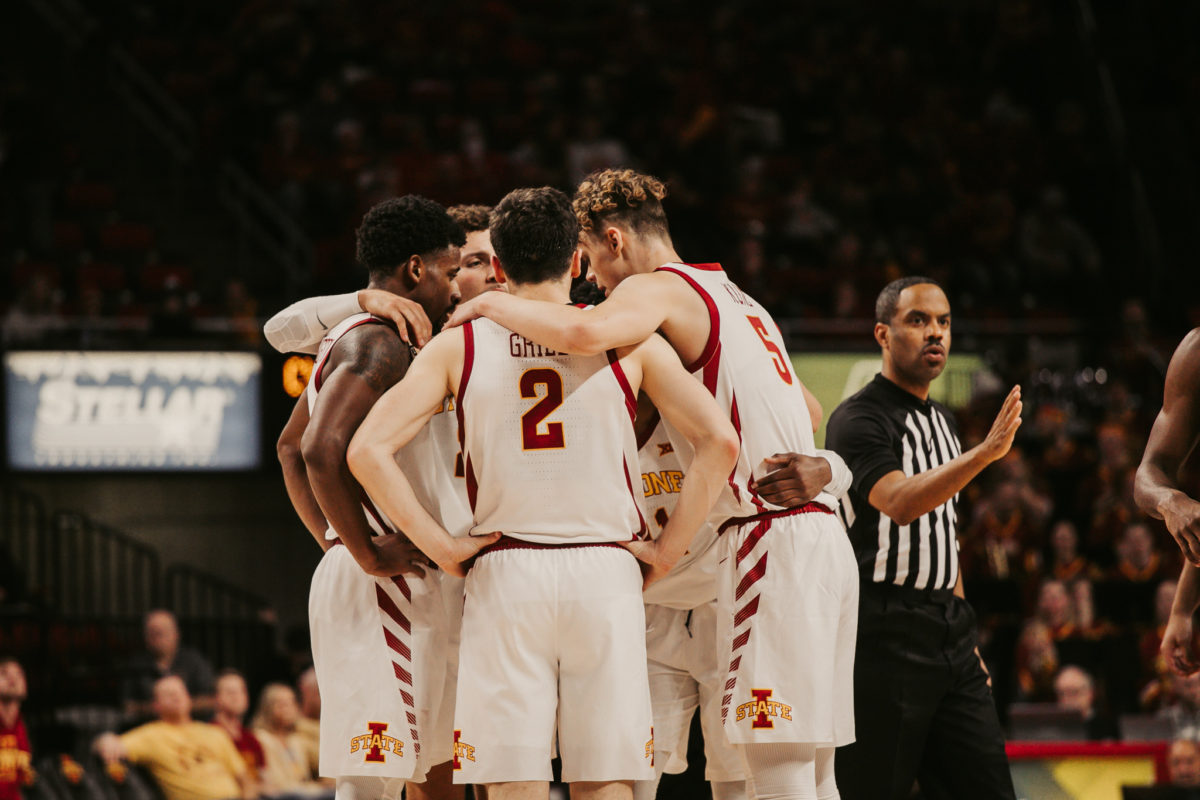Nothing in college sports breeds nostalgia like the old Big East.
I’m not talking about the bloated 2000s version of the Big East with USF, Rutgers, DePaul and a handful of other non-original members that ballooned the conference up to 16 teams. I’m definitely not referencing the current version of the league, which is a shell of itself with only a few of its original members remaining.
While each version of the league has had its moments, it was the nine-team iteration — comprised of Boston College, Connecticut, Georgetown, Providence, St. John’s, Seton Hall, Syracuse, Villanova and Pittsburgh — that will live forever as the greatest and most influential basketball conference in NCAA history.
That iteration of the league is the primary focus of Dana O’Neil’s new book The Big East: Inside the Most Entertaining and Influential Conference in College Basketball History. The book is a must-read for college hoops fans as it dives into the stories behind some of the sport’s greatest rivalries, most important characters and landscape-shifting media deals.
It will also prepare fans in the Midwest for the 2021-22 Big 12 men’s basketball season and our version of the old Big East.
Today, all 10 teams in the Big 12 rank in the top-70 nationally on KenPom. Two of those teams are in the top-10. Four of them are in the top-25. Seven are inside the top-50. Nine are in the top-60.
To put it simply, the league has no floor. There is no doormat in the 2021-22 iteration of the Big 12, and anybody can beat anybody on any given night.
“It didn’t matter if one team was 10–0 and the other 0–10; this was a Northeast basketball turf war, and everyone got into it,” O’Neil wrote of the Big East in her book.
Sound familiar?
This is an important moment of the Big 12 and its position among the hierarchy in college athletics. While everyone else focuses on what’s happening on the gridiron, the league has an opportunity to stake its claim as the nation’s best basketball conference for years to come, including once four new members join the league in the not-so-distant future.
Basketball can be the Big 12’s identity — even while the majority of its members (sorry, Kansas) continue to put a great product out on the football field.
If the 2021-22 non-conference slate is any indication, that identity will be defined by a few important traits.
Physicality, toughness and defensive efficiency.
Each of the Big 12’s 10 teams rank inside the top-60 in adjusted defensive efficiency on KenPom. Three (Baylor, Iowa State and Texas Tech) are inside the top-10. Nine of them are inside the top-40.
TCU is the only one lagging back — at No. 56 out of 344 teams in college basketball.
Less than a decade ago, the Big 12 was known as the league with high-flying and high-scoring offenses led by prolific bucket-getters.
I recently compared that prior version of the league to Floyd Mayweather-style lightweight boxing bouts. Every game was hyped and highlighted with marquee stars in the sport’s marquee television spots defined by finesse, speed and skill.
This Big 12 is more comparable to Fight Club. These games will be basement or back alley brawls defined by pure brute strength, physicality and a desire to pummel your opponent into submission.
Games will still find their way into the sport’s marquee television slots, but the Big 12 is closer to becoming the casual basketball fan’s favorite basketball coach’s favorite basketball conference. It will be the league that casual basketball fans find disgusting with boring, low-scoring games on a nightly basis.
Those of us in Big 12 country will relish in that status as the under-appreciated and overlooked league that outsiders view as “less fun” than all the others.
We’re used to being overlooked and under-appreciated around here.
While other leagues can have fun with their high-scoring offenses and a plethora of future NBA lottery picks, we’ll have fun watching the kind of ball that defines the midwest.
Tough as nails on defense, smart as hell on offense and physical as all get out for all 92 feet between the baskets.
Does that sound familiar?
It should to anybody who has read O’Neil’s book because those were the things that defined the Big East in its early days headlined by John Thompson, Jim Boeheim, Patrick Ewing, Chris Mullin and the rest of the cast of characters.
While the Northeast’s basketball turf war has come and gone, the Midwest’s is still just beginning. I’d love to write the book someday.
Welcome to the new Big East.





